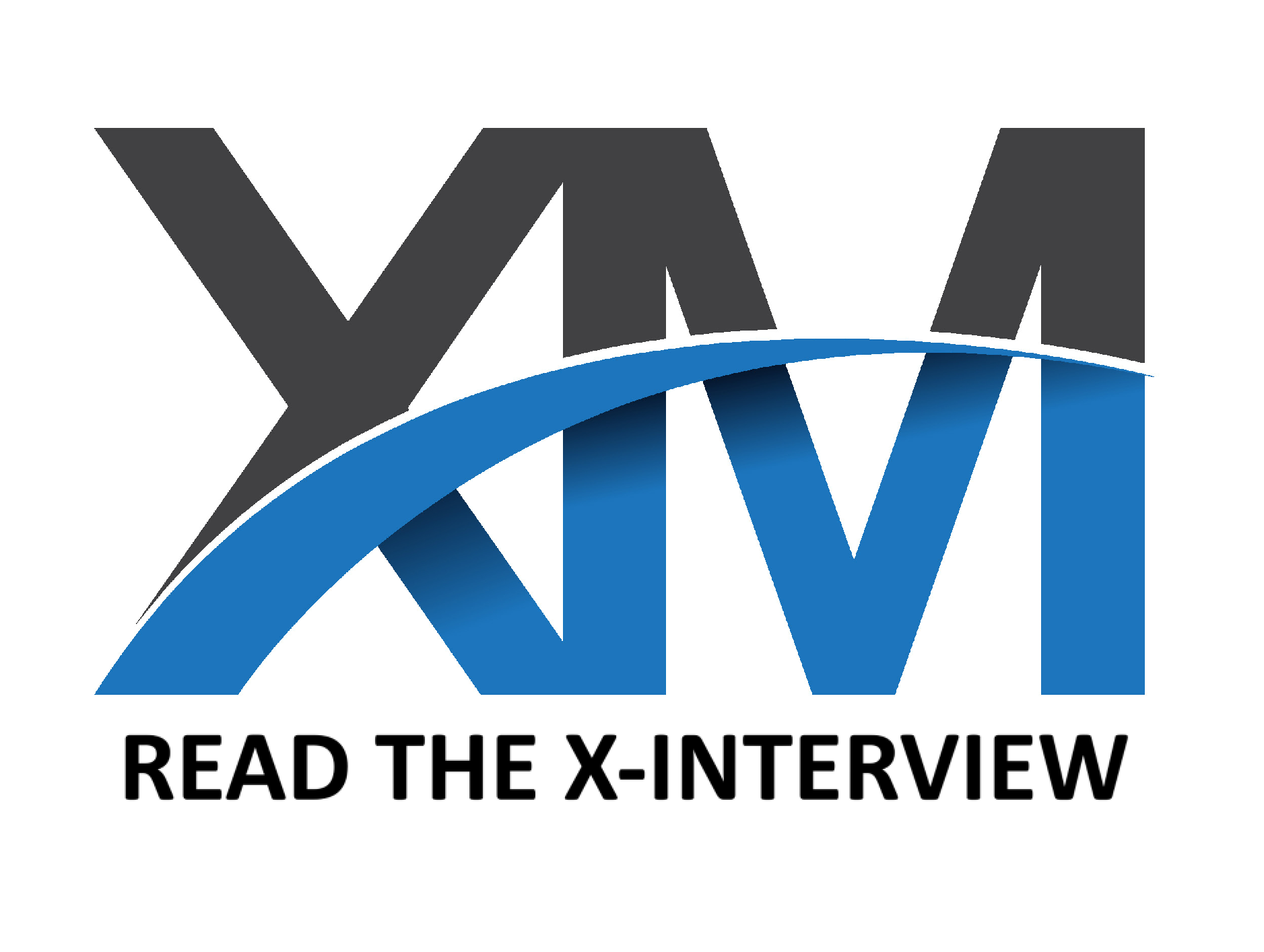creative Executive leadership
Maria Giudice is Founder, Executive Leadership Coach, and Co-author of RISE of the DEO - Leadership by Design.
Throughout her illustrious career, creative teams and business leaders have sought the provocative vision and mentorship of Maria Giudice.
As founder and CEO of the pioneering experience design firm Hot Studio, Maria built a thriving practice around the principles of human-centered design. Today, former “Hotties” can be found leading teams at Adobe, Google, McKinsey, Airbnb, Pinterest, Twitter, Facebook, and more.
After Hot Studio’s acquisition by Facebook in 2013, Maria led global design teams at Facebook and Autodesk, building digital experiences for millions worldwide. And now, after three decades at the forefront of business and design, Maria has a new mission: Build the next generation of creative leaders.
“ rise of the deo”
RISE of the DEO was the results of a Ted X Talk. I was asked to do a Ted X Conference, which terrified the **** out of me.
I was running a very large design studio called Hot Studio in San Francisco and New York City. I went to art school and did not go to Business School, so I am a very successful businesswoman who has always led my life as if it was a design problem that needed to be solved.
And that has always taken me to really interesting places because I’m leveraging design to solve any kind of problem, not just products, but life problems, right? And so, I was running Hot Studio, and I was really nervous about why anybody would want to hear what I have to say on stage? I'm just a leader of a design company, that's no biggie.
And this woman who was coaching me at the time, Christy Dames, she was part of a coaching speaking bureau called TechTalk, and she said to me, “Maria, you run your company like nobody else I've ever met.” Again, I went to design school, not business school, so I didn't have any models.
Christy said, “You know what you are, you're not a CEO. You're DEO.” So, she coined the phrase DEO.
“ design equals change.”
That really was the spark to talk about how you can leverage your design skills in business successfully as leaders.
What if all CEO's use their own design skills, and really tapped into the superpowers that designers have to lead companies?
What would that look like?
And you know the qualities that I leaned in on through research of design leaders was that they have these qualities.
They are change agents. Everything in life, design equals change, change equals design.
Nobody has a design team to maintain the status quo, we are risk takers.
“ when we talk about design as a UX activity, we are shooting ourselves in the foot.”
I think when we talk about design as a UX activity, we are shooting ourselves in the foot.
You can make the argument that people who come from UX and have been trained to do UX might have too narrow a view of what their power is. I think we have so much power, but we shoot ourselves in the foot by limiting ourselves to thinking that it's only about delivery.
I got a degree in design. I was part of that era. We were like, what's this new thing? How do we apply this new medium to what we are doing?
And there were no rules. There were no examples. There were no models. There were no Figma files.
I used to call UX “wireframes page architecture” because that's what I did. I drew diagrams in order to create a designed piece, right? But it was never just focused on execution.
I mean, even from the very beginning I was asking questions like, who are we designing for? What do they need to know? What does success look like?
These are strategic questions. So, the strategy is there.


